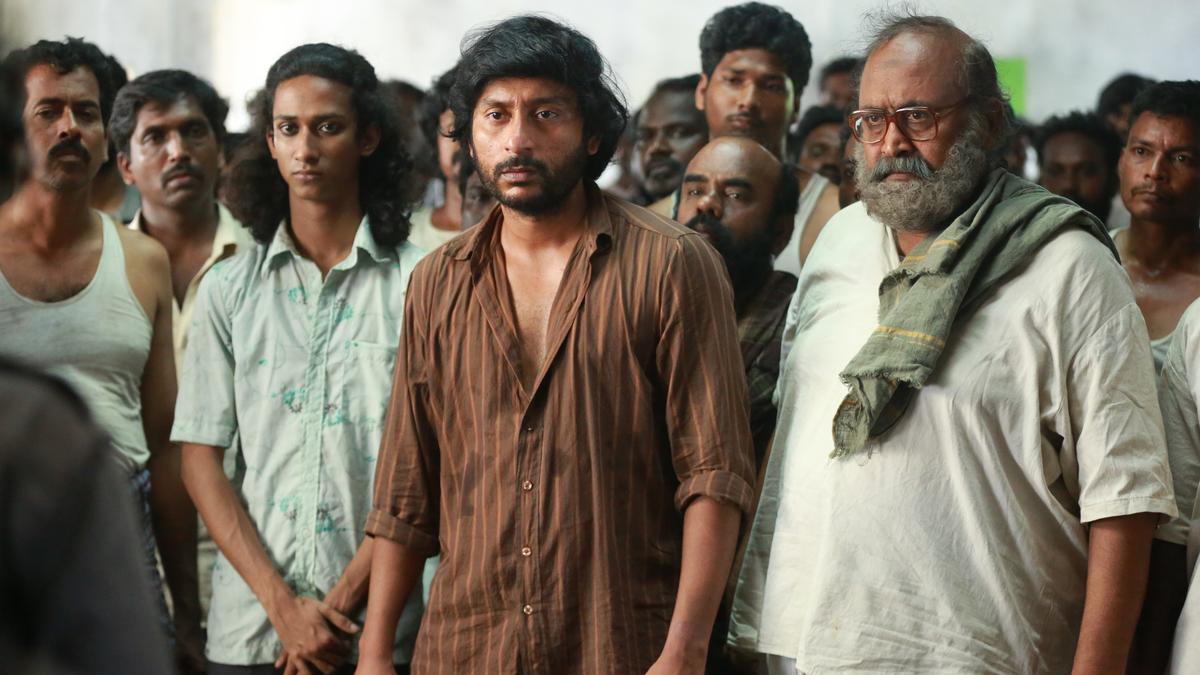
In what can only be described as high praise from a cinematic legend, Steven Spielberg has shared his admiration for the sci-fi epic ‘Dune: Part Two’ on the Directors Guild of America’s Director’s Cut podcast, calling it “one of the most brilliant science-fiction films I’ve ever seen.” The luminary director, whose works such as ‘E.T.: The Extra-Terrestrial’ and ‘Close Encounters of the Third Kind’ are cornerstones of the genre, lauded Denis Villeneuve for his exceptional craft in world-building and storytelling, placing him on par with revered filmmakers like Stanley Kubrick, George Lucas, and Federico Fellini.
As the conversation unfolded, Spielberg’s enthusiasm crescendoed when discussing the film’s visual narrative, particularly the jaw-dropping sequence where Paul Atreides, portrayed by actor Timothee Chalamet, mounts and rides a towering sandworm. The scene, according to Spielberg, was not just a spectacle but encapsulated a larger thematic undercurrent about yearning and elemental contrast—the scarcity of water against the vastness of the desert. Spielberg was moved by Villeneuve’s directorial finesse in transforming an arid desolate landscape into a canvas that echoed the depth and mystery of an ocean. The desert’s portrayal as a liquid expanse and the sandworms as majestic sea creatures was, in Spielberg’s view, a stroke of genius.
“This is a desert-loving story, but for such a desert-loving film there is such a yearning for water in this movie. For all the sand you have in this film, it’s really about water. The sacred waters that are yearning for green meadows and the blue water of life. You film the desert to resemble an ocean, a sea. The sandworms were like sea serpents. And that scene surfing the sandworms is one of the greatest things I have ever seen. Ever! But you made the desert look like a liquid,” stated Spielberg in his commendation of the film.
Spielberg’s veneration is a testament to the meticulous effort and vision that Villeneuve and his team poured into the production. The director dedicated an extensive 44 days to the sandworm riding scene alone, showcasing a level of commitment that left even the film’s Oscar-winning cinematographer, Greig Fraser, in awe.
The reception of ‘Dune: Part Two’ has reverberated through the echelons of the film industry, echoing the sentiments of Spielberg’s praise. Critics and audiences alike have been ensnared by the film’s mesmeric imagery and narrative depth, with box office figures speaking volumes to its allure. The movie has amassed nearly $240 million in domestic earnings while leaping over the $570 million mark internationally. Consistently captivating viewers in theaters across the nation, the financial success is but one aspect of the film’s impact—its true measure of triumph lies in the acclaim it has received and the unequivocal mark it has left on the genre of science fiction.
Denis Villeneuve has long been acknowledged for his distinct visual storytelling and thematic complexity, with works like ‘Arrival’ and the first installment of ‘Dune’ solidifying his standing in the cinematic world. However, the kudos from an iconic figure such as Spielberg not only affirms Villeneuve’s directorial prowess but perhaps signals an epoch in his career where he is not only contributing to the genre but redefining it for future generations.
As ‘Dune: Part Two’ continues to convey the vision of Frank Herbert’s celebrated novel to the silver screen with remarkable authenticity and imagination, it has undoubtedly secured its place amongst the pantheon of science fiction masterpieces—cemented further by the accolades of one of the most legendary filmmakers of our time.










